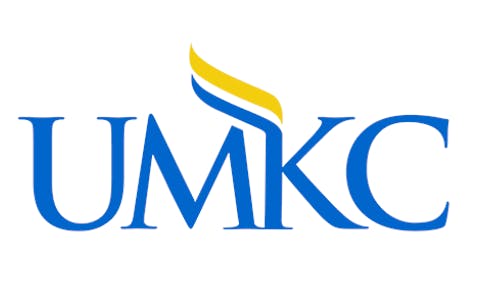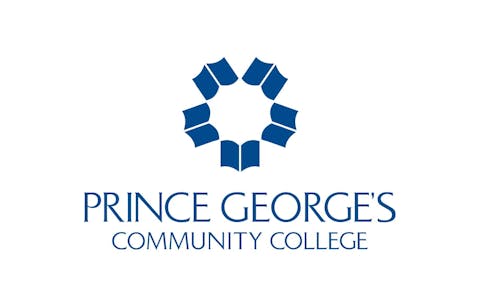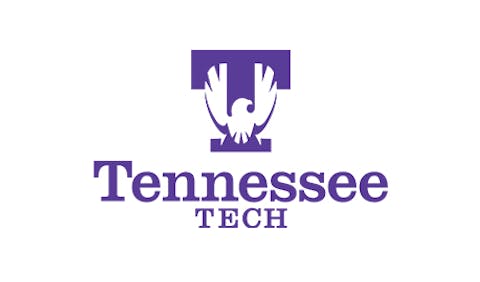Higher education institutions are poised and well-positioned to illuminate pathways for people seeking to thrive within the green economy. By leveraging their resources, expertise, and networks, these institutions can play a pivotal role in nurturing talent and fostering the development of “green lights.”
I define a “green light” in this piece as the convergence of skillset, societal need, and prioritized opportunity within the burgeoning green economy. Green lights represent not just an individual’s potential, but a pathway to meaningful contribution and personal fulfillment.
 Dr. Marcus Bright
Dr. Marcus Bright
At the core of the green lights paradigm is the notion that possessing a robust skillset, validated by the attainment of high-value industry credentials, forms the foundation for success in the green economy. This proficiency is not merely theoretical; it is a tangible demonstration of expertise ready to be deployed in real-world scenarios.
Coupled with skillset is societal need, exemplified by the existence of positions offering competitive compensation. These opportunities are more than just job listings — they represent the demand for individuals who can drive innovation and progress in environmentally sustainable practices.
However, the intersection of skillset and societal need alone is insufficient without a prioritized chance to apply these abilities in a meaningful way. This is where decision-makers and entities play a crucial role in recognizing and nurturing talent, providing the steppingstones for individuals to advance and excel within the green economy.
The urgency to create green lights stems from the impending gap in the workforce, particularly in sectors with an aging demographic set to retire without a qualified influx of replacements. To address this challenge, initiatives must be developed to attract and retain the next generation of talent, making green career pathways appealing and accessible to young individuals.





















